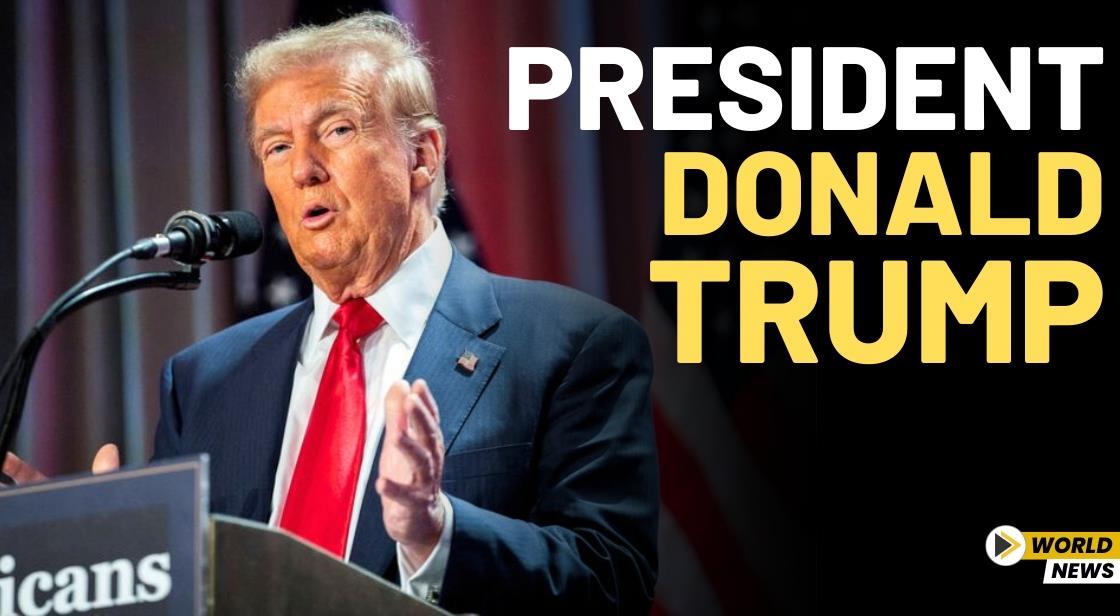President Donald Trump’s Tariffs, China’s Loss, India’s Opportunity

News Synopsis
The world economy today is being shaped by renewed protectionism and strategic trade realignments, triggered once again by the return of President Donald Trump to the White House. Global markets have been behaving erratically, reacting sharply to policy pronouncements from Washington D.C.
Global Markets Jittery Amid New Tariff Threats
Within a matter of days, global stock markets dipped sharply in anticipation of new US tariffs, only to bounce back after a 90-day pause was granted for countries that chose not to retaliate. This has exposed how vulnerable global trade is to political decisions from the Oval Office.
Are There Any Real Winners in the Tariff Wars?
The world is asking—can anyone win a tariff war? “At this point, it will not be an exaggeration to state that the tariffs are like Pandora’s Box. Once opened, no entity, not even the White House, can handle the heat.” As of now, the US and China have imposed tariffs exceeding 100% on each other’s goods, turning trade into a battlefield.
Two possibilities emerge: Either President Donald Trump has a long-term strategy where these short-term shocks are mere moves in a larger game, or he too is unsure of the eventual outcome. Politically, Trump may hold strong rhetoric, but tariffs don’t resolve domestic inflation, a pressing concern ahead of the 2026 midterm elections and 2028 presidential race.
India’s Smart Diplomacy: Silent Moves, Strong Impact
While global powers sparred, the Indian opposition was quick to criticize Prime Minister Narendra Modi during a market slump. But once the pause on tariffs was announced, their criticism disappeared. Notably, the silence deepened when Tahawwur Rana was extradited to India, a diplomatic win.
India’s Consistent Strategy Amid Crisis
The opposition’s outrage is now a familiar cycle. During the Russia-Ukraine war, the government was condemned for importing crude oil from Russia. But that very decision shielded Indian households from the energy inflation crisis that plagued the West. Similarly, on tariffs, India’s refusal to retaliate immediately has created room for dialogue and long-term gains.
India’s Trade Numbers with the US Tell the Real Story
India is now the 10th largest trading partner of the United States. The services trade—worth around $70 billion—remains stable. However, in goods trade, India exports $87 billion, while imports are at $41 billion, creating a trade surplus that has been a point of contention for Trump.
Still, other countries like China, Mexico, Vietnam, Ireland, Germany, Taiwan, Japan, South Korea, and Canada have higher trade surpluses with the US. In that context, India remains relatively balanced, with strategic leverage and minimal risk in the short term.
America’s Tariff Strategy: Protectionism Over Globalization
The primary target of Trump’s tariff war remains China, which maintains a $300 billion annual trade surplus with the US. “While the quantification of intellectual property theft by China remains difficult, the departing dollars from the US shores for Beijing have riled up Trump since his first term.”
India, on the other hand, is working collaboratively with the US to ramp up bilateral trade to $500 billion by 2030. That’s a 150% increase from current levels—an ambitious goal that highlights mutual benefit and opportunity.
Understanding America’s Economic Mindset
Two things remain constant in American economic policy—consumerism and tariffs. Even under President Biden, tariffs on China remained in place, particularly in critical industries like semiconductors. So, even after Trump, protectionism is here to stay, albeit in varied forms.
But America’s high per capita income sustains constant demand. If China becomes less viable, other countries like Vietnam, Cambodia, and India will step up.
Apple’s Example: Why India Is the Next Global Factory
“Think of Apple, for example. Before the tariffs kicked in, it hurriedly imported six hundred tonnes of iPhone devices from India, through six cargo planes.”
These 1.5 million iPhones were shipped to avoid new tariffs. Apple’s gradual shift to India—starting during Trump’s first term—has only accelerated.
With rising per capita incomes in Indian cities, Apple sees a dual opportunity: Make in India to Sell in India. This is the kind of model that multinational companies can replicate across industries.
A New Economic Understanding Between India and the US
Here’s where the win-win scenario unfolds. If India continues to cut down import duties—as it did in 2024 for Apple components—and America encourages its companies to adjust pricing, both economies benefit:
-
American firms get deeper access to Indian consumers.
-
Indian exporters enjoy expanded access to the American market.
-
The Indian government benefits from increased tax revenues, offsetting reduced customs collections.
India is Not a Victim—It’s a Strategic Beneficiary
“Contrary to what the political opposition, led by Congress, wants the country to believe, the tariffs initiated by Trump are not a problem for India, but an opportunity.”
History speaks volumes. Be it the 2019 Balakot airstrikes, 2020–21 vaccine diplomacy, or 2022 crude oil strategy—on every occasion, opposition predictions were off-mark. And with tariffs too, the government is reading global signals more clearly.
India’s Time to Shine in a Rewired Global Economy
Each time the global economy resets, new winners emerge. The 1990s favored China. Now, in the 2020s, India could be the rising star. With initiatives like the Production-Linked Incentive Scheme (PLI) and manufacturing ecosystem expansion, India is preparing to capitalize on every global shift.
Conclusion: India’s Trade Pragmatism is Paying Off
India’s mature handling of tariff tensions showcases a clear understanding of long-term economics. Strategic patience, non-retaliation, and focus on consumer-driven diplomacy have ensured that India stands on the right side of the global economic divide.
As the world continues to debate protectionism vs. globalization, India is choosing balanced pragmatism, laying down the foundation for long-term trade success.
You May Like









